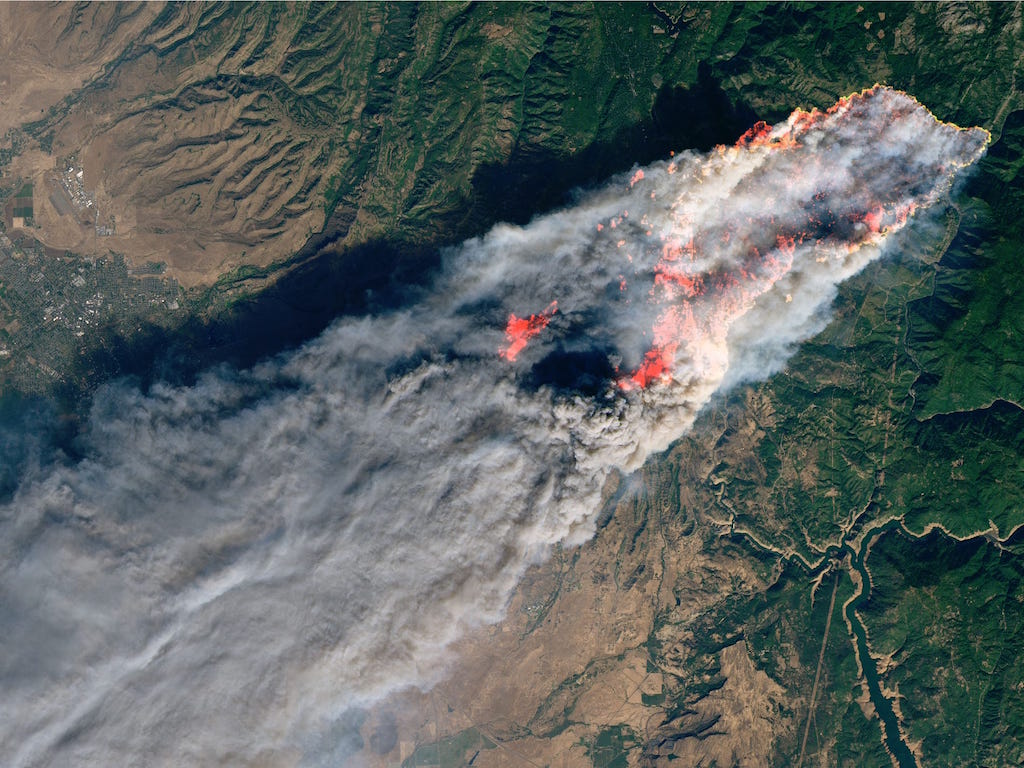3 Mins Read
In a new study published in the journal Nature Climate Change, researchers found that climate change is now detectable from any single day of weather at a global scale and that children born after 2012 have never lived a day without feeling the impact of our climate crisis. This research adds to the body of scientific evidence showcasing the deep fingerprint that anthropogenic climate change has had on our planet, and is a stark reminder that any more delay in action is directly jeopardising the lives of current and future generations.
Researchers from the Institute for Atmospheric and Climate Science at ETH Zurich have recently published their study in the journal Nature Climate Change, revealing the visual severity of our climate crisis. Using statistical learning and climate model simulations to find the relationship between spatial patterns of daily temperature and humidity, and key climate change metrics such as global average temperatures, the team found that climate change can be detected from any single day in the observed global record since 2012. This means that all children under the age of 8 have never lived a single day without feeling the impact of our climate emergency.
“[We can] look down at Earth and actually see the fingerprint of climate change on any given day…we’re so far into unchartered territory in terms of climate change that we can see things clearly now,” said climate scientist and author of the study Reto Knutti to National Geographic.
Since the late 1970s, researchers have been using planetary observations to try and figure out how much of the climate change signals can be attributed by human activities that have generated extra greenhouse gases. The scientists’ research uses the latest technology to detect the signal of human-caused climate change, which found a clear pattern in any global single-day snapshot of weather in 2012 that can be directly attributed to long-term anthropogenic global warming.
In the study, the research team writes that their detection methods and results have a clear implication of “modifying the climate change narrative,” adding that while shifts in local weather patterns have emerged over decades-long anthropogenic global warming activities, the immediate climate change impacts can now be detected instantaneously.
This adds to the bed of research that is sounding the alarm on our climate crisis. Last year, the United Nations IPCC released a landmark report on the state of the cryosphere and found that over 2 billion people will be facing extreme ocean events annually by 2050 due to global rising temperatures that saw the past 5-years break records for being the hottest period ever. With contributions from Bill Gates and Ban Ki-moon, the Global Commission on Adaptation (GCA) warned that 100 million more people are vulnerable to poverty by 2030 due to climate inaction.
The sobering reality that all these reports underline is that any further delay to take climate change seriously is directly putting at risk the lives of the current children and future generations to come. It is high time that world governments, business leaders and us as individuals wake up to the need to make urgent changes to our lives, and take the appropriate measures to combat the climate crisis.
Lead image courtesy of NASA Earth Observatory.




